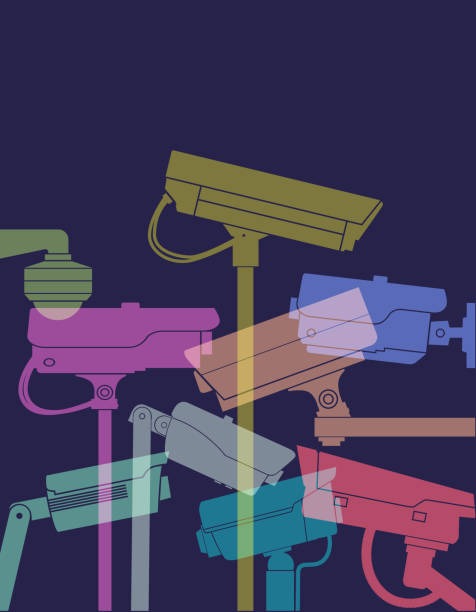MARGAO
The cold-blooded murder of young Margao jeweller Swapnil Walke in broad daylight on September 2, 2020, when he was gunned down inside his jewellery shop, served as a wake-up call on the urgent need to replace the defunct Closed-Circuit Television (CCTV) surveillance cameras and bring the commercial capital under the effective surveillance of the 'Big Brother'.
Police investigations into Walke’s murder were initially hampered due to the absence of CCTV cameras in the vicinity. Officers were forced to go from shop to shop, painstakingly checking private CCTV footage in search of clues to the gruesome crime. In the aftermath, politicians, police officials, and administrators huddled together, promising to revive the existing surveillance network or install new cameras across Margao.
In the aftermath, politicians, police officials, and administrators huddled together, promising to revive the existing surveillance network or install new cameras across Margao.
Nearly five years down the line, the city was reminded once again of those unfulfilled promises. On July 23, 2025, the densely populated Borda locality echoed with renewed demands for CCTV surveillance after young jeweller Sohan Raikar was attacked by a lone assailant.
Although the assault was captured on cameras inside Raikar’s shop, the police were unable to track the accused and his movements post-incident due to the absence of CCTV coverage in the vicinity.
These incidents are merely the tip of the iceberg, exposing the government’s and bureaucracy’s hollow assurances and continued neglect in ensuring public safety through proper surveillance in Goa’s commercial capital.
The government’s apathy and indifference toward implementing an effective CCTV surveillance system are evident. Even after five years since Walke’s murder, Margao still lacks comprehensive CCTV coverage.
Instead of a full-fledged surveillance mechanism, the city has witnessed only piecemeal measures. A handful of CCTV cameras have been installed in the Margao market area and a few more in Fatorda — but their primary purpose appears to be monitoring traffic violations rather than assisting in crime detection.
This fragmented implementation raises serious questions about the government’s half-hearted approach. Take the case of Fatorda, for instance. The CCTV cameras installed along the Chowgule College Road were funded through the MLA Local Area Development fund of Fatorda MLA Vijai Sardesai, which explains why surveillance is limited to just one stretch, leaving several busy roads in the area uncovered.
Similarly, the Home Department is reported to have sanctioned only a few cameras for the Margao market area, while crucial locations such as Station Road, swarmed by anti-social and criminal elements, besides other key thoroughfares, continue to remain outside the surveillance network.
The situation in Salcete’s countryside is no better. Apart from a few cameras installed by local panchayats to monitor garbage dumping black spots, there are virtually no surveillance systems in place for public safety in the villages.
A senior retired police officer summed up the situation succinctly: “It is high time the government steps in to fund surveillance cameras across the state in the interest of society. It’s been over half a decade since CCTV cameras in Margao have remained defunct.
"Proposals to fund new cameras under the MPLAD scheme have been gathering dust. Even when cameras are sanctioned under MPLAD, there’s no maintenance fund for their upkeep. In this situation, the government should step in to fund the surveillance project or seek central assistance.”